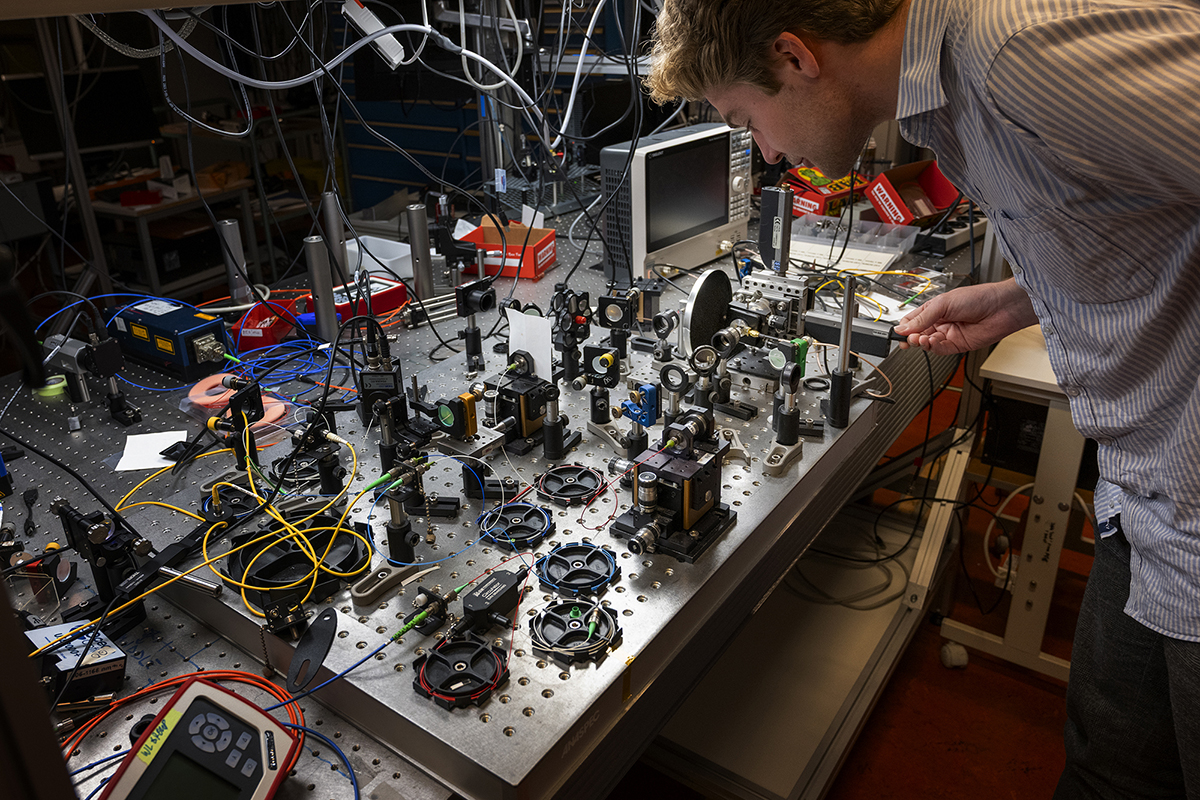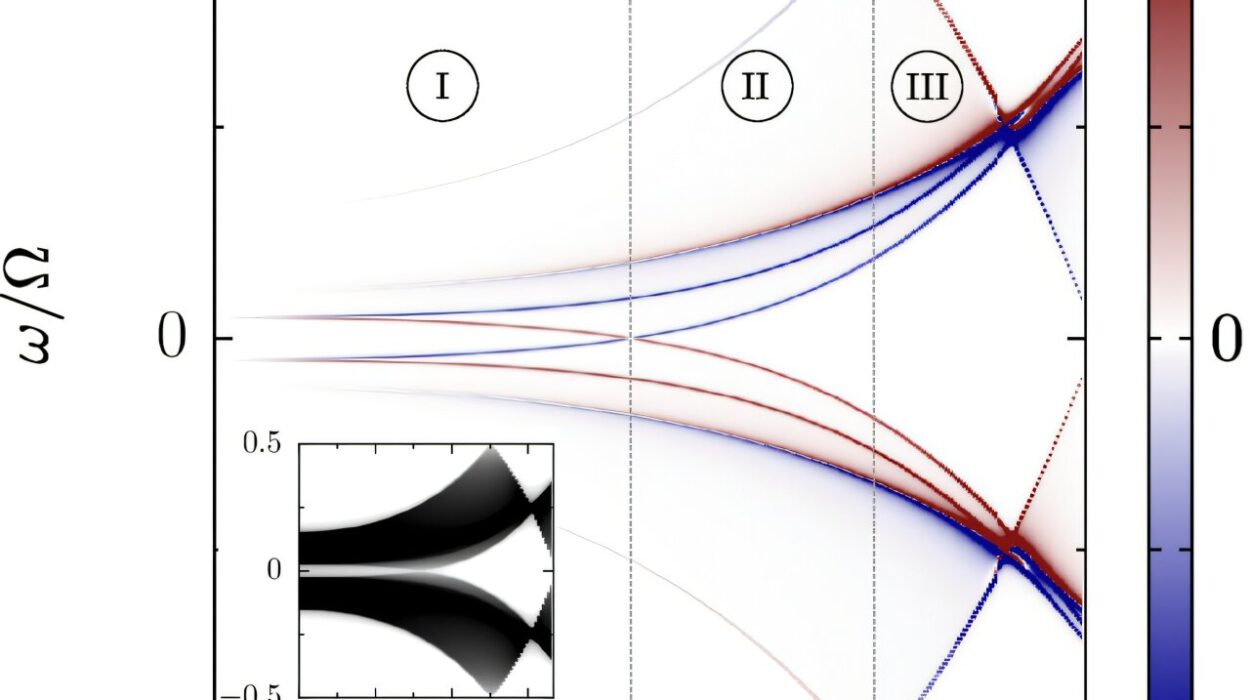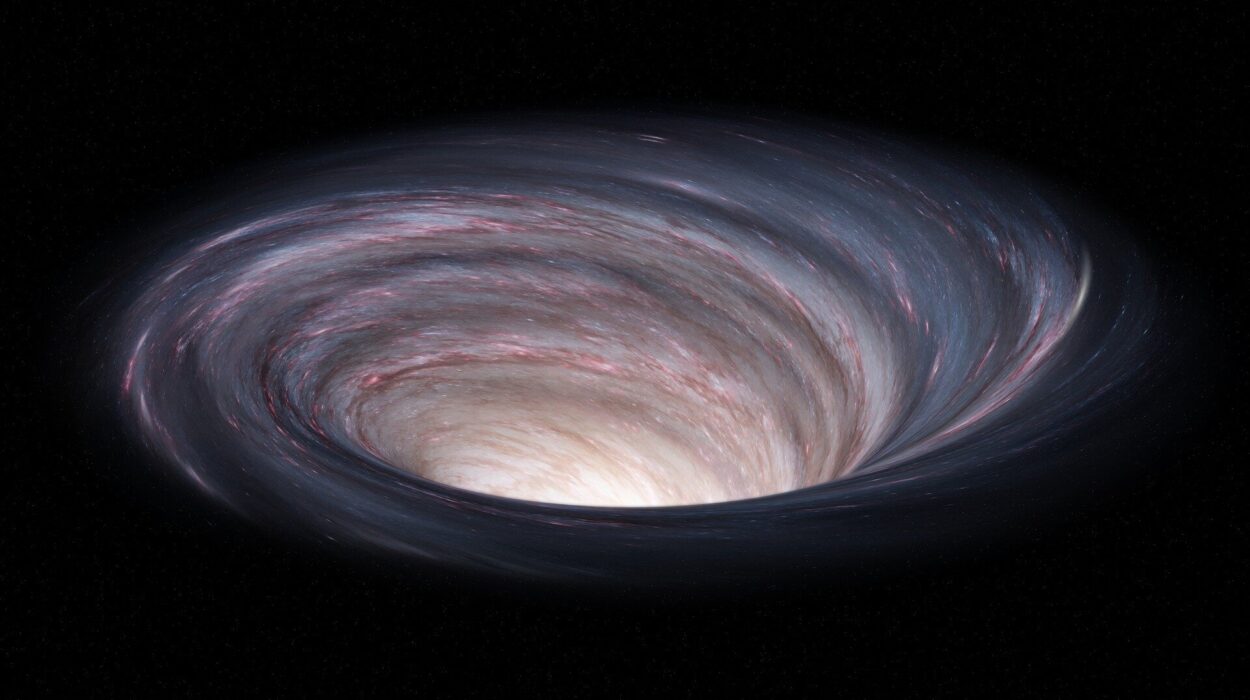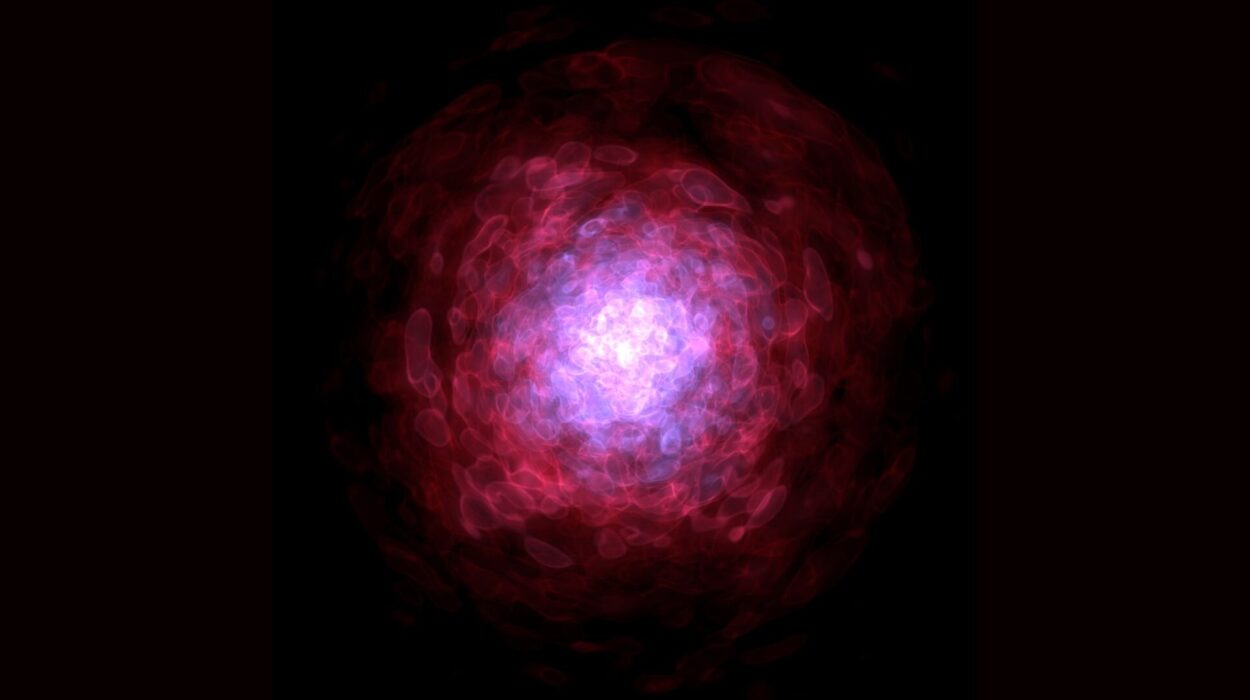In 1801, Thomas Young performed a deceptively simple experiment that changed physics forever. By shining light through two narrow slits and observing the resulting pattern of bright and dark stripes, he revealed that light is not merely a stream of particles but a wave—capable of interference, superposition, and elegance beyond intuition. Young’s double-slit experiment became one of the most iconic demonstrations in all of science, echoing across centuries as physicists repeated it with electrons, neutrons, and even massive buckyball molecules.
Now, more than two hundred years later, physicists in Leiden have carried Young’s legacy into a new realm. For the first time in history, the double-slit experiment has been performed not with light, not with particles, but with sound—specifically gigahertz sound waves vibrating a billion times per second. The result is a remarkable new window into how materials behave on microscopic scales, one that may reshape technologies ranging from 5G communications to the emerging frontier of quantum acoustics.
The experiment is more than an academic curiosity. It is a reminder of how the simplest ideas can unlock the most profound possibilities.
A Classical Experiment Reborn
Ph.D. student Thomas Steenbergen and his colleagues set out to explore something that seems, at first glance, almost philosophical: How does sound behave when pushed to its absolute limits—when it vibrates faster, travels smaller distances, and interacts with materials more intimately than our senses can perceive?
To answer this question, Steenbergen reached backwards in time to Young’s double-slit concept. If sound truly behaves like a wave at ultrafast frequencies, its interference pattern should reveal extraordinary details about the microscopic structure of the material it travels through. With this goal in mind, the team reconstructed Young’s legendary setup—only now using vibrations instead of photons.
The slits, carved into a tiny piece of semiconductor, became the doorway through which sound would pass and interfere with itself. By revisiting a centuries-old experiment with modern technology, the researchers discovered something beautifully familiar yet intriguingly new.
The Quantum Playground of Sound
Young’s historical experiment changed science because it showed that light behaved in ways no one expected—it could reinforce itself, cancel itself, and weave complex patterns that only waves can produce. When scientists later repeated the experiment using particles, they found those particles behaved like waves too, proving that everything in the universe possesses dual identities.
Steenbergen’s experiment continues that journey, now revealing how sound behaves when pushed into a regime where its motion becomes almost quantum-like.
Instead of ordinary sound waves, the team used gigahertz acoustic waves—so high in frequency that they are millions of times faster and more delicate than anything human ears can detect. These waves can slip through microscopic structures, interact with electrons, and reveal physical properties invisible on larger scales.
The stage for the experiment was a tiny slab of gallium arsenide, a semiconductor commonly used in high-speed electronics. To create the “double slit,” researcher Matthijs Rog used a fine ion beam to carve two grooves in the material—slits so small and precise that traditional tools would be useless.
When the gigahertz sound waves struck these slits, something magical happened: a sound-based version of Young’s interference pattern appeared in the region behind them. Peaks and valleys of sound energy emerged—areas where the waves reinforced or canceled each other, creating a delicate soundscape more intricate than the ripples on a pond.
Seeing the Unseeable
Detecting these patterns required instruments capable of perceiving the nearly impossible. Steenbergen used an ultra-precise optical scanner—an instrument so sensitive it can detect changes in wave height measured in picometers, which is one millionth of one micrometer. This accuracy is akin to detecting the height difference between two surfaces by measuring the thickness of a single layer of atoms.
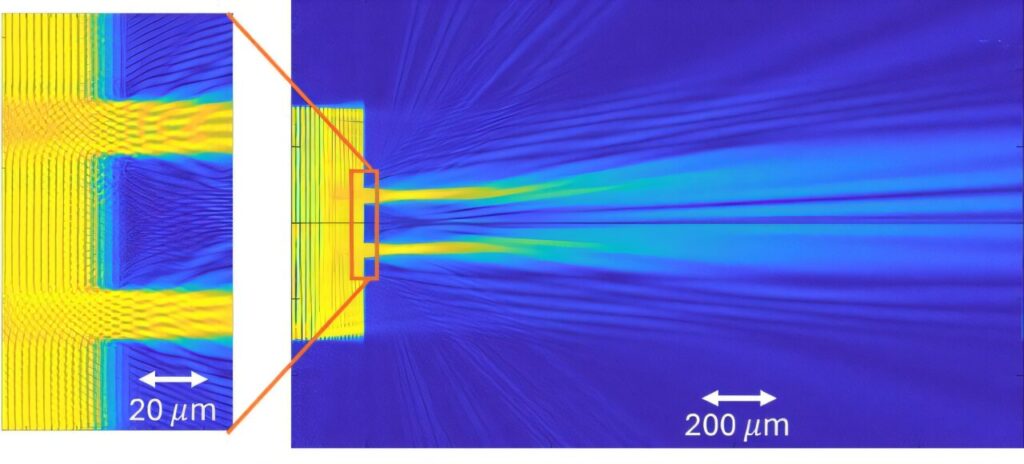
With this scanner, the team could map the sound waves not only behind the slits, but inside them and even directly in front. It was like being able to watch the choreography of sound itself, observing interactions that normally remain hidden deep within materials.
As expected, the double-slit pattern appeared. But something else emerged as well—something that set sound apart from light.
The Asymmetry of Sound
Light, traveling through air or vacuum, moves the same way in every direction. Its interference pattern in the double-slit experiment is beautifully symmetrical. But sound, when passing through solid materials, obeys different rules.
Steenbergen and his team noticed that the interference pattern was tilted and uneven, no longer perfectly balanced. This unexpected asymmetry revealed something fundamental: the speed and direction of sound waves within the material are not the same in all orientations. Certain paths allow sound to travel faster or slower, creating distortions that subtly reshape the interference pattern.
To make sense of this, the researchers built a mathematical model that mapped how sound waves spread through the crystal structure of gallium arsenide. This model could not only explain the strange asymmetry—it could predict it. With this breakthrough, physicists now have a powerful new tool for probing how materials behave on scales too small to access with conventional instruments.
Why This Matters Far Beyond the Lab
This experiment may sound like physics for physics’ sake, but its implications reach deeply into modern technology.
Gigahertz sound waves are essential for high-speed telecommunications. Many 5G devices already rely on acoustic components that manipulate these ultrafast vibrations to filter signals and distribute information. The better we understand how sound behaves inside materials at extreme frequencies, the better we can design the microchips, sensors, and wireless systems of the future.
The findings also touch on one of the most exciting new fields in science: quantum acoustics. In this frontier, sound waves on the quantum scale act as carriers of information, similar to photons in quantum computing. Understanding sound interference with this precision helps researchers approach the dream of controlling individual phonons—the smallest quanta of sound energy.
In other words, an experiment first conducted when Napoleon was rising to power may soon help shape technologies that drive the next revolution in computing and communication.
An Old Idea, Forever New
Young’s double-slit experiment has been described as one of the most beautiful in science—not because of its complexity, but because of its simplicity and depth. It takes something ordinary and shows that it behaves in extraordinary ways. It whispers that the universe is stranger, subtler, and more interconnected than our senses reveal.
By repeating this experiment with sound, Steenbergen and his colleagues have shown that even old ideas can lead to new horizons when we view them with fresh eyes. A 200-year-old concept has now opened pathways toward advanced electronics, quantum technologies, and a deeper understanding of the physical world.
In a remarkable sense, the echoes of light from 1801 have now become echoes of sound—resonating across centuries, technologies, and ideas. And once again, they remind us that science is not just a collection of discoveries. It is a timeless conversation between the past and the future, a dialogue carried forward by curiosity, imagination, and the simple question that has always driven physics:
What happens if we look more closely?
More information: Thomas Steenbergen et al, Young’s double-slit experiment with anisotropic GHz surface acoustic waves on gallium arsenide, Optics Letters (2025). DOI: 10.1364/ol.573360
